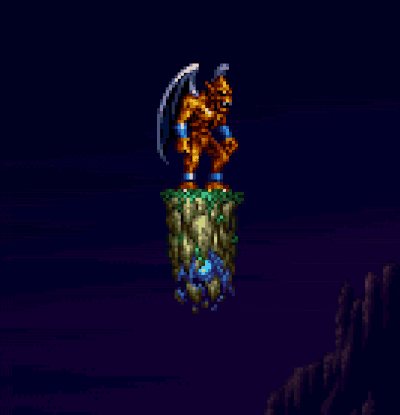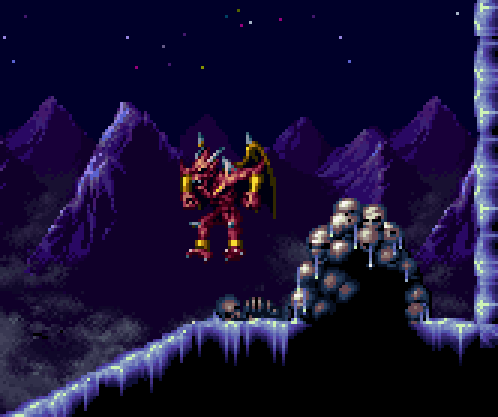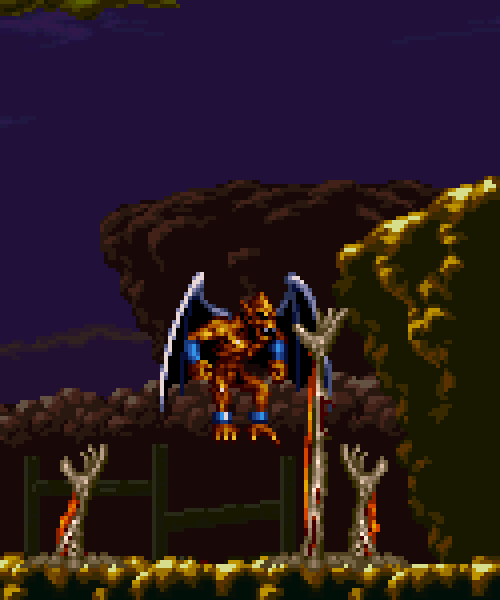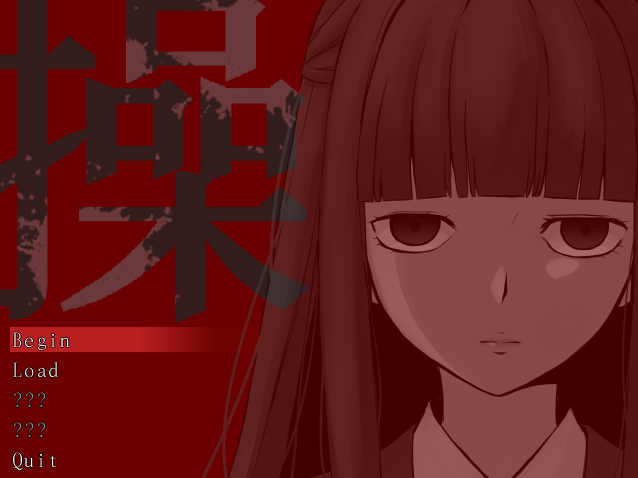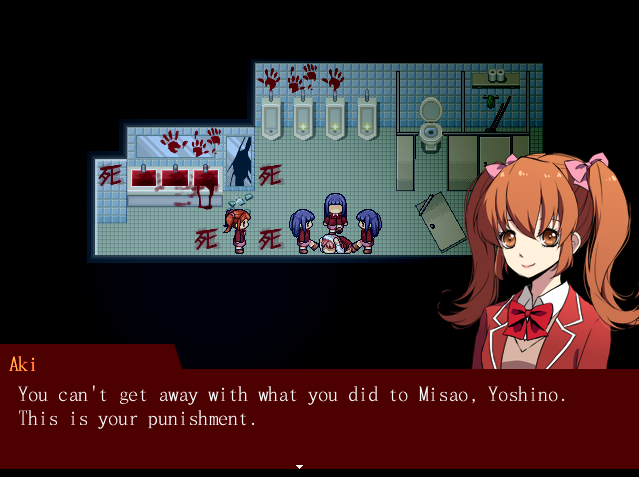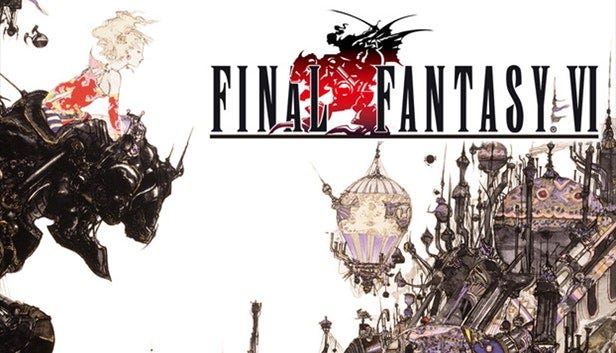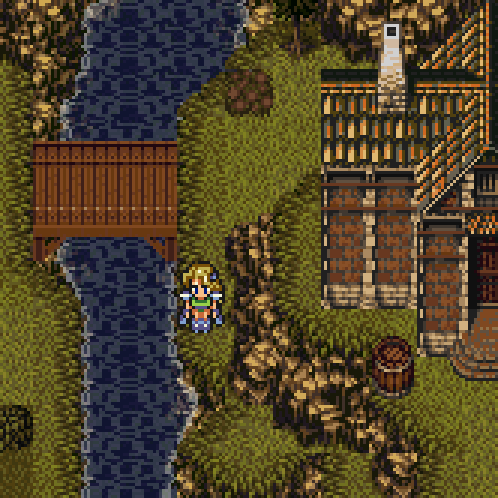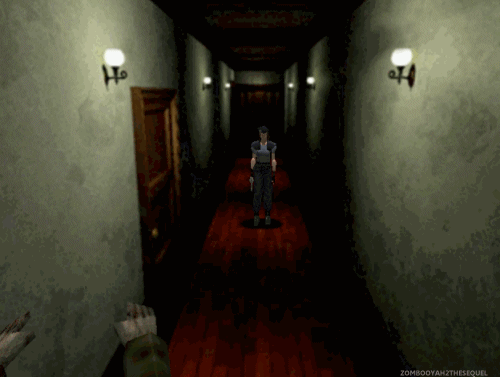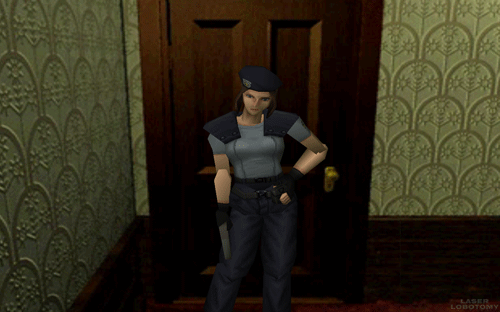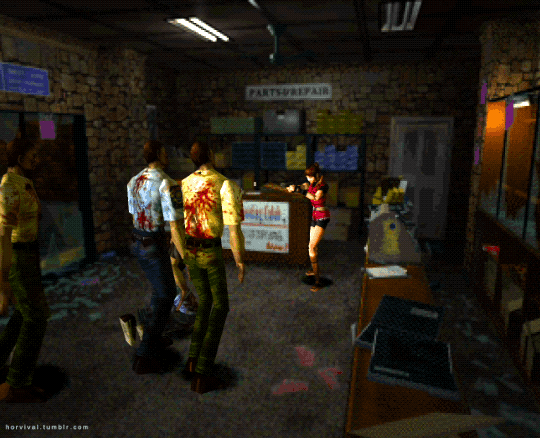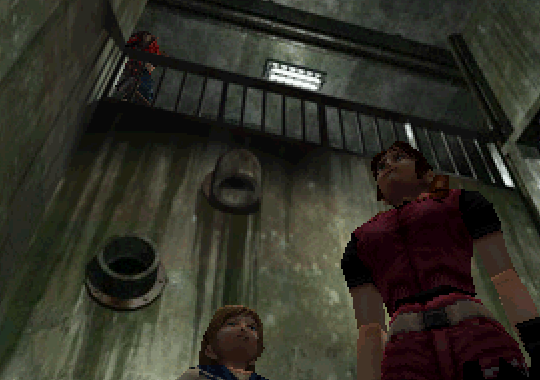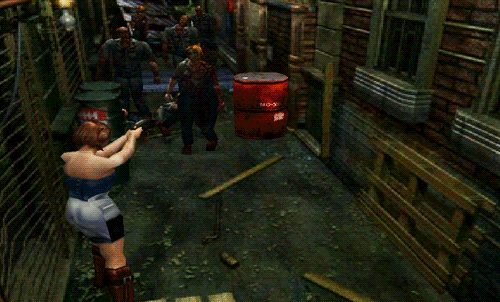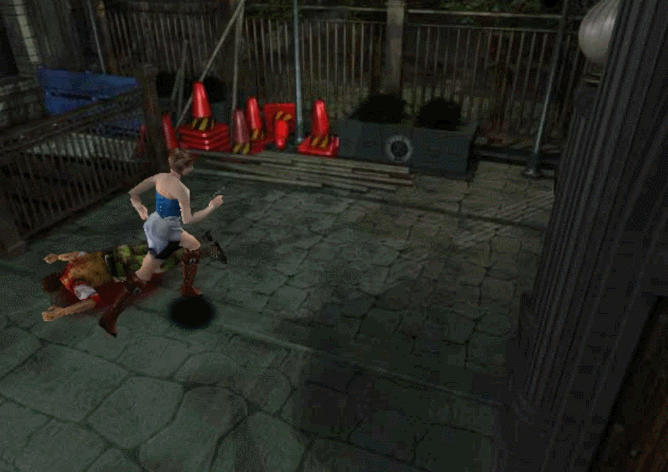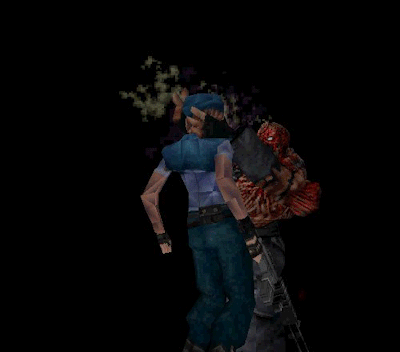- Joined
- Mar 7, 2019
- Messages
- 102,181
- Reaction score
- 34,773
- Points
- 138
- Age
- 29
Alone In The Dark
(Interplay)-2.png)
Original Console: DOS, 3DO
Released: 1992
Original Developer: Infogrames
Plot: Jeremy Hartwood, noted artist and owner of the infamous Louisianian Derceto Manor, has committed suicide by hanging. Whilst suspicious, the police close the case quickly and it is rapidly forgotten. Many people believe the suicide to have been due to the purported "hauntings" of the mansion. Edward Carnby, a tough and down-on-his-luck private investigator is hired to retrieve a piano from the mansion for an antique dealer. At the same time, Hartwood's niece, Emily, goes to the mansion in search of a potential note left by Jeremy to explain his suicide. Either one arrives and is immediately trapped inside Derceto before ascending to the loft, where the piano is located. They must now find a way to escape the mansion whilst also searching for the answers to the mystery of Derceto. 8/10
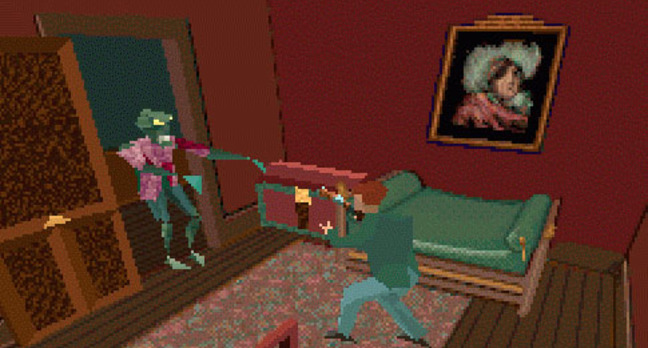
Gameplay: Alone In The Dark is the original third person survival horror game and almost singlehandily the influence for Resident Evil four years later (I say "almost", it would be complete were it not for Sweet Home (the entire reason Resident Evil was made in the first place)). Playing very much like Resident Evil, Alone in the Dark utilized the divisive tank controls that worked like their namesake. Pushing the forward key moves your character forward irregardless the direction of either the camera and Carnby/Emily. The left and right keys change the direction of the character you control, be that Edward or Emily.
Many of the conventions of the survival horror genre were birthed from Alone In The Dark; conventions such as: limited inventory space, an array of different puzzles, very little health and health items, instant kill traps, and of course staggeringly antiquated combat. Yes, I will admit, playing it again has been both a joy and a disappointment; the game is definitely innovative and there are still gameplay elements that are fun, but one of them is not the combat, which is tricky to control at first. Holding space while using the fight mode allows you to get in your fisticuffs stance (or ready to fight with whatever weapon you have), pressing any of the direction keys allows for an attack. Once you get into a rhythm, however, it isn't so bad; the problem lies in once an enemy hits you, they can just keep wailing on you whilst you try to recover, leading to an inevitably quick death. It's stuff like that that makes the game arbitrarily difficult. The puzzles on the other hand are actually not too bad to figure out, and they're quick and help move the game along. The main story of the game is mostly told, much like Resident Evil, through manuscripts and memos left scattered throughout the house. Some of these notes are pretty provocative and intense, even by today's standards, very much written in line with the Cthulhu Mythos, the universe in which this game is set.
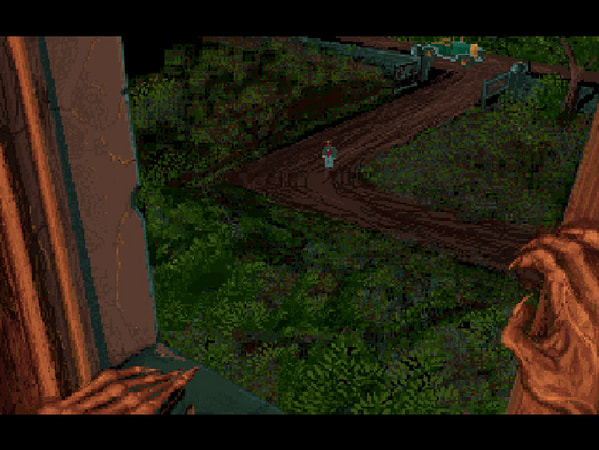
Along with the limited inventory space, there is a way to rid yourself of items. Once a key or other items have been used, you do not automatically get rid of them. You have the ability to drop or throw them, however. Also in line with Resident Evil, you can push large items. There is one last segment that requires, of all things, platforming. You read that right, there's a segment that requires you to jump between several platforms, and if you miss, you land in a lagoon below. It's absolutely terrible and there was no reason for it to even be in the game, but alas, there it is. Another final thing would be all the instant kill traps; not even three rooms into the game and there is a trap that will kill you instantly if you don't notice it, and that is all over the game. Is it frustrating sometimes? Yeah, it is, but as long as you're careful and observant, you shouldn't die; remember, Resident Evil has them too.
My biggest complaint overall would have to be how poorly the game has aged, which is no surprise. Unlike Diablo, however, this game is still greatly playable and a ton of fun despite not aging so well. It could take some time to get used to the controls and the menu, but if you're keen for old school and innovative gameplay, this is right up your alley. The minor problems set it back a bit, however, with combat being ridiculously hard, a bad platforming segment, and some instant kill traps that are, for better or worse, cheap. 6/10
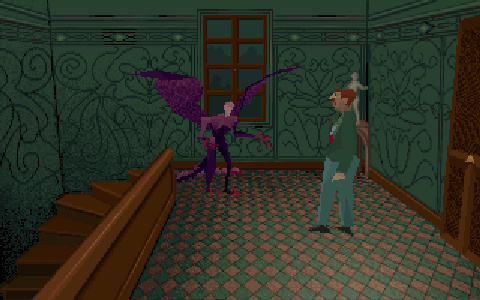
Visuals: Here's where Alone In The Dark ends up dropping the ball, with those visuals not aging as well as one would expect. For 1992, these are some brand-spanking new looks and absolutely innovative for its time. However, even playing ten years ago, it didn't look so well. Carnby and Emily look goofy and the enemies look more like geeks than freaks, to be honest. This was the failing of many games that attempted 3D in this time period; there was almost a guarantee that the graphics would improve with time. As bias as it would sound, sprites just seemed to age much better. Ultimately, you'll be looking at a lot of green and quite a bit of putrid brown when all is said and done. The palette for Alone In The Dark does not differentiate that far, other than maybe some purples thrown in there as well. It is not visually stimulating, but for a horror game, the atmosphere is on point. It's not meant to look pleasant and that's what they're going for. I for one enjoy the atmosphere, but not exactly the graphics. 5/10

Audio: The audio in this game is actually pretty good. There are some spooky noises and some spot on sound effects for the mansion and monsters. Not only that, this actually has some pretty good voice work, I especially like Carnby's voice. A lot of the voices come from the books and papers you find, and they help add to the maddening atmosphere of a Cthulhu Mythos type game.
The music is also pretty good, although there are a limited amount of songs and they tend to cut in and out a lot of the time. The main music is pretty atmospheric and helps add to the game, the other music also work considering how short and repetitive they can get though. Overall, the audio quality for Alone In The Dark is "meh", good sound effects and voiceover is marred by a somewhat forgetful soundtrack that is actually incredibly fitting for the game itself. 8/10
TL/DR Thoughts: An innovative game that is still somewhat playable, but marred by it's pratfalls. I, however, would still argue that it is a must play for anyone looking to find the origins of the Survival Horror game and aren't afraid to get your hands dirty with some hard combat and older looking 3D perspectives. The trilogy is currently purchaseable on GOG.com, so go ahead and purchase them post-haste, the first game is well worth it. The other two are just a neat bonus.
Final Grade: 7/10





